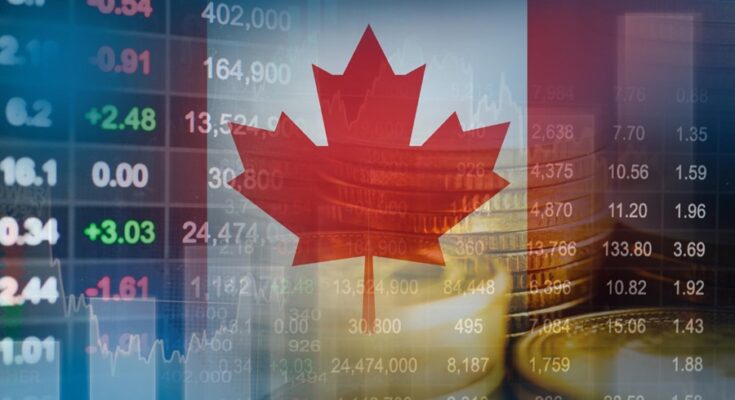Canada’s financial landscape is a complex tapestry woven from its rich natural resources, robust banking sector, and evolving economic policies. Understanding the intricacies of Canadian finance is essential for investors, policymakers, and citizens alike.
1. The Strength of Canada’s Banking Sector
Canada’s banking system is renowned for its stability and resilience. The country’s six largest banks—Royal Bank of Canada, Toronto-Dominion Bank, Bank of Nova Scotia, Bank of Montreal, Canadian Imperial Bank of Commerce, and National Bank of Canada—collectively dominate the financial landscape. These institutions have consistently weathered global financial storms, owing to prudent regulatory frameworks and conservative lending practices. Their resilience was evident during the 2008 financial crisis, where Canadian banks remained largely unscathed compared to their global counterparts.
2. The Housing Market: Boon and Bane
Canada’s housing market has been a double-edged sword. On one hand, it has been a significant contributor to the nation’s economic growth; on the other, it has raised concerns about affordability and potential bubbles. Cities like Toronto and Vancouver have witnessed astronomical property price increases over the past two decades, making homeownership a distant dream for many Canadians. The International Monetary Fund (IMF) has highlighted Canada’s high risk of mortgage defaults among advanced economies, citing the overvaluation of residential properties. By 2023, Canada’s residential housing stock was valued at 3.1 times its GDP, peaking in 2022.
3. Trade Relations and Economic Challenges
Trade has been the lifeblood of Canada’s economy, especially given its proximity to the United States. However, recent years have seen increasing trade tensions, particularly with the U.S. The U.S. administration’s threats to impose tariffs on Canadian goods have sent ripples through Canada’s export-dependent sectors. Such tariffs not only threaten to reduce Canada’s export revenues but also risk triggering retaliatory measures, potentially leading to a trade war. These developments underscore the need for Canada to diversify its trade partnerships and reduce reliance on a single neighbor.
4. Fiscal Policies and Political Dynamics
Fiscal policy decisions play a pivotal role in shaping Canada’s economic trajectory. The resignation of Finance Minister Chrystia Freeland in late 2024 sent shockwaves through the political landscape. Her departure, following disagreements over fiscal strategies and concerns about rising government spending, highlighted internal divisions within the ruling party. This political upheaval coincided with public dissatisfaction over inflation and immigration policies, placing Prime Minister Justin Trudeau under intense scrutiny. The situation emphasized the delicate balance between fiscal responsibility and political pragmatism.
5. Environmental Finance: The Green Dilemma
As global awareness about climate change intensifies, Canada’s financial sector faces the challenge of aligning investments with environmental goals. Sustainability-linked loans (SLLs) have emerged as a popular financial instrument, where companies receive favorable loan terms in exchange for committing to environmental improvements. However, investigations have revealed that some major polluters, including Shell and Enbridge, have secured billions in SLLs without stringent accountability measures. Critics argue that these loans often serve as greenwashing tools, allowing companies to appear environmentally conscious without making substantial changes. This scenario calls for more rigorous standards and transparency in green financing to ensure that environmental goals are genuinely met.
6. Navigating Personal Finance in Canada
For individuals, managing personal finances is crucial in today’s dynamic economic environment. Key principles such as “paying yourself first,” setting clear financial goals, investing savings, automating contributions, minimizing debt, revisiting expenses, minimizing taxes, and protecting against unforeseen events form the cornerstone of sound financial planning. Resources like The Snowman’s Guide offer concise insights into these principles, making it easier for Canadians to take control of their financial well-being.
7. The Road Ahead: Embracing Change and Challenges
Canada’s financial future hinges on its ability to adapt to changing global dynamics. Diversifying trade relationships, implementing sustainable fiscal policies, ensuring environmental accountability in financing, and empowering individuals with financial knowledge are critical steps toward a resilient economy. By addressing these challenges proactively, Canada can navigate the complexities of the global financial landscape while ensuring prosperity for its citizens.



